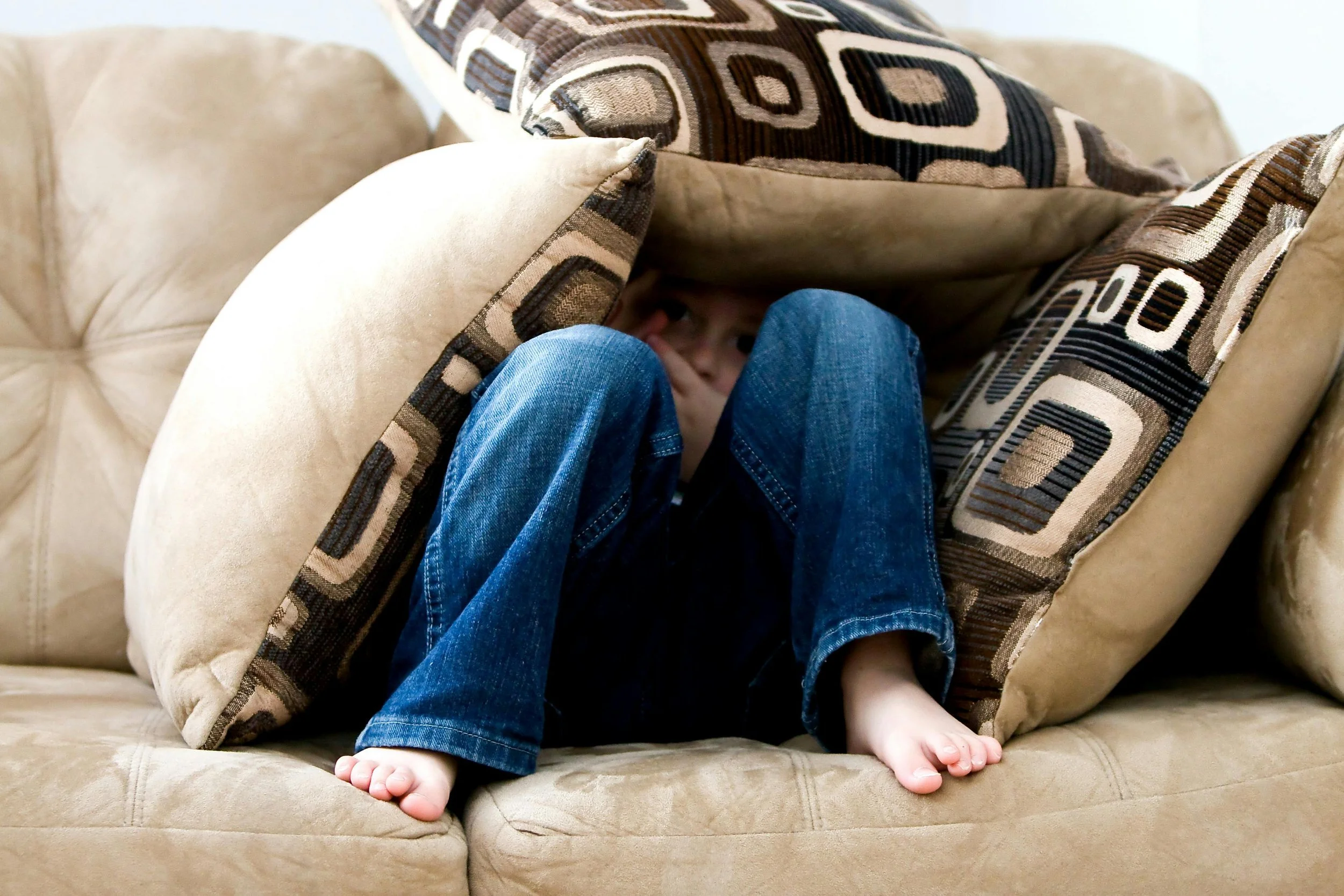
What is anxiety?
Anxiety is a normal, biological response to scary situations, it has kept humans alive for thousands of years. The little ‘internal alarm’ goes off when we need to run (flight), stay still (freeze), or fight; these are sometimes known as the 3 F’s. We can also go into other modes in these situations such as ‘submit or ‘flop’.
This internal alarm is great, but just like a smoke alarm, sometimes it can go off for a bit of burnt toast instead of fire. Anxiety isn’t an easy sensation to experience but the more we understand it, the better we get at resetting our alarm. We can also get anxiety mixed up with other emotions such as worry or overwhelm, the more we learn about emotions the more we discover what they feel like, why we feel them, and find ways to sit with them until the moment has passed.
As parents, witnessing an anxious child can make us feel helpless and frustrated. There are four main tips on how to help an anxious child ‘in the moment’.
-
Encourage your child to breathe slower - they may need a bit of help using distraction for this to happen. Try blowing bubbles, aping pong ball, a feather or a scrunched-up bit of paper at a target to encourage deliberate breathing.
-
Create a safe space that allows them to get out all their adrenaline. This can be done by playing sport, taking a trip to the park, jumping on a trampoline or just running around in the garden.
-
Be your child’s rock when they are venting to you. Remember that they are reacting to chemicals such as cortisol and adrenaline that have been pumped into their body. You can’t stop the emotion- so it is important to just keep them safe and let them know that in time it will pass, and that you are there for them.
-
When your child feels anxious its natural to want to fix the problem. However, its more helpful to respond in a way that makes them feel heard and understood. This approach encourages them to open and explore their worries with you. We call these “open door” responses. Instead of saying, “don’t worry”, try saying, “we will get through this together”. By using open door responses, you create a safe space for your child to share their feelings, which is a crucial step in managing anxiety.
At Creative Connections we help parents and children learn more about anxiety and our emotions. We do this through private 1 to 1 therapy sessions, parent and child sessions, and small group therapy sessions. We also deliver online parent and child workshops. Please look in our section on parent courses for more information.
